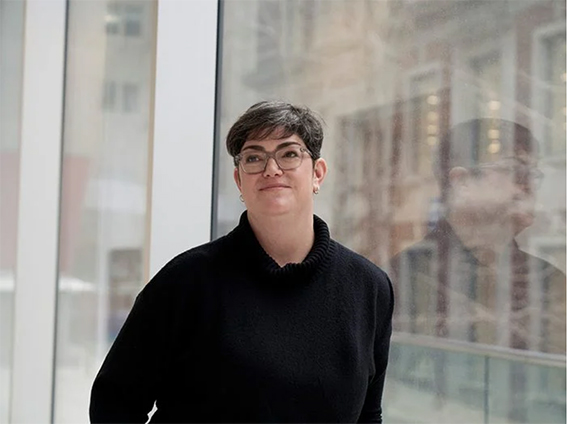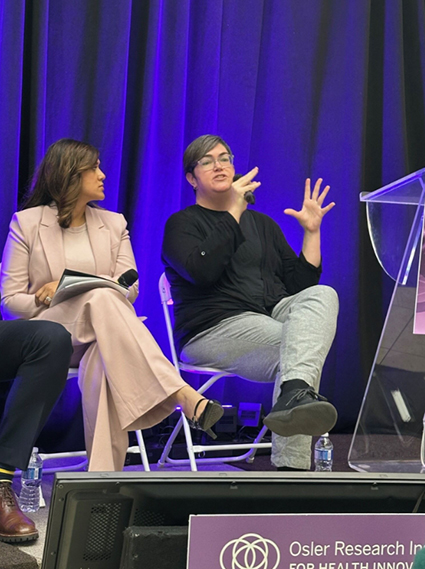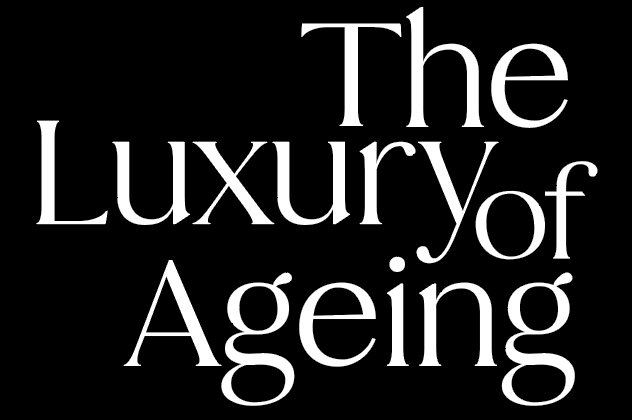Social prescribing is reshaping healthcare by bridging the gap between medical care and social determinants of health. It connects patients to non-clinical community services, empowering them to take control of their health while fostering connection and belonging.
This approach builds on evidence that addressing social drivers—such as socioeconomic status, social inclusion, housing and education—is key to improving health outcomes.
In this interview, we explore the transformative potential of social prescribing with Dr. Kate Mulligan, Founder and Scientific Director of the
Canadian Institute for Social Prescribing. This holistic approach to health care addresses chronic diseases, mental health challenges and social isolation, while driving systemic change in healthcare and beyond. From shifting paradigms to measurable impacts, Kate offers valuable insights into how we can build healthier, more connected communities for the future.





